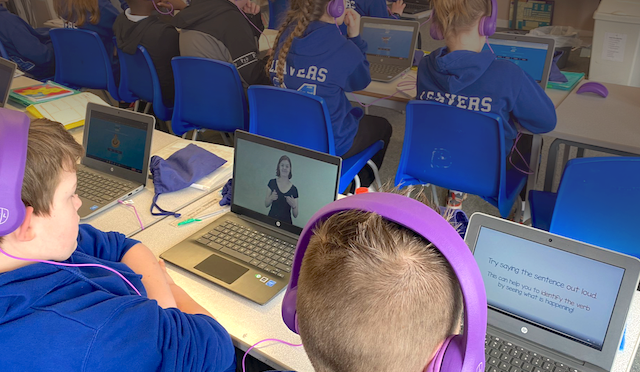The Department for Education recently released a report following research into the assessment of learning loss during the COVID-19 pandemic. In summary, the report highlighted those periods of partial closure “created and exacerbated learning losses” in both reading and maths.
While primary schools showed a “notable catch-up’ by the summer term, some secondary pupils were documented to be well behind, particularly in disadvantaged areas. The Government commissioned Renaissance Learning and the Education Policy Institute (EPI) to conduct the research, which also summarised that “greater learning losses” had occurred.
Let’s explore the findings further.
The findings showed that primary school pupils had experienced a ‘notable catch-up’ by the summer term. Following a 2.2 month learning gap identified by Spring 2021, the gap had improved by 1.3 months to a gap of 0.9 months by the summer. In maths, the average gap had closed from 3.4 months to 2.2.
In contrast for secondary schools, the findings demonstrated only a slight catch-up by the summer, with the gap closing from 1.5 months to 1.2
While some secondary school data was limited in providing deep meaning, it was found that pupils from disadvantaged backgrounds experienced more significant learning losses than their peers. The gap identified for underprivileged pupils was 1.6 months in a secondary setting. The report also confirmed that previous predictions that two-thirds of progress made in the last decade on closing the disadvantage gap in primary schools had been undone by Autumn 2021 in reading.
Findings demonstrated variations across regions of England. Primary reading losses ranged from 0.2 months in London to 1.4 in the North West. The loss ranged from 0.2 months in London compared to 2.9 months in Yorkshire and the Humber in secondary reading.
The study also found that pupils with special educational needs and disabilities (SEND) and children in need were further behind their peers. Pupils with SEND were, by the summer term, 1.6 months further behind non-SEND pupils in reading at secondary level. Children in need were around 1.5 months behind their peers in secondary reading and 0.3 months further behind in primary.
For advice and guidance on using Good2Learn to support with catch-up in your school, get in touch. You can email us: hello@good2learn.com or book a demo on our schools page: https://www.good2learn.com/g2l-for-schools/




